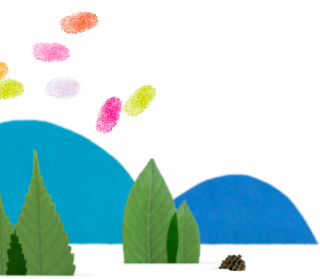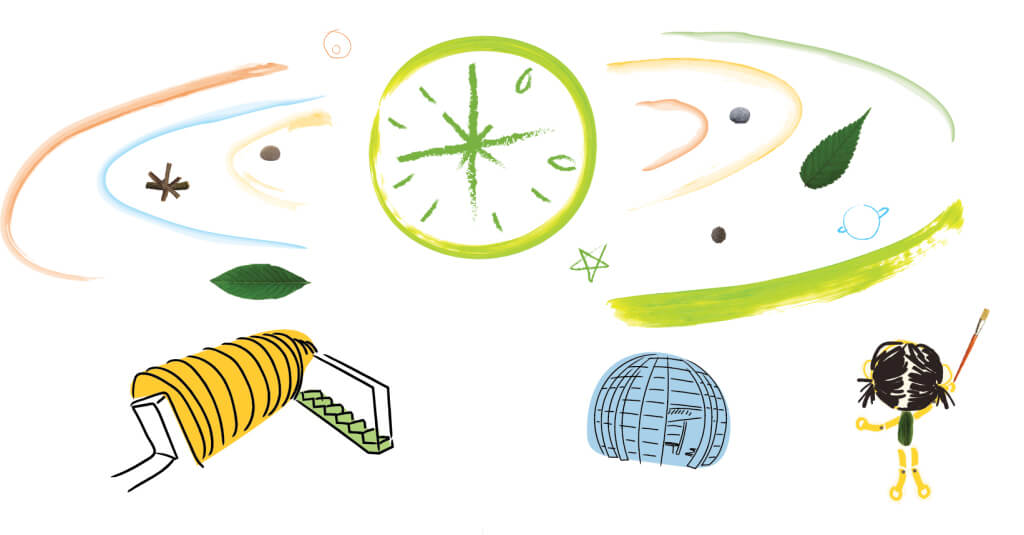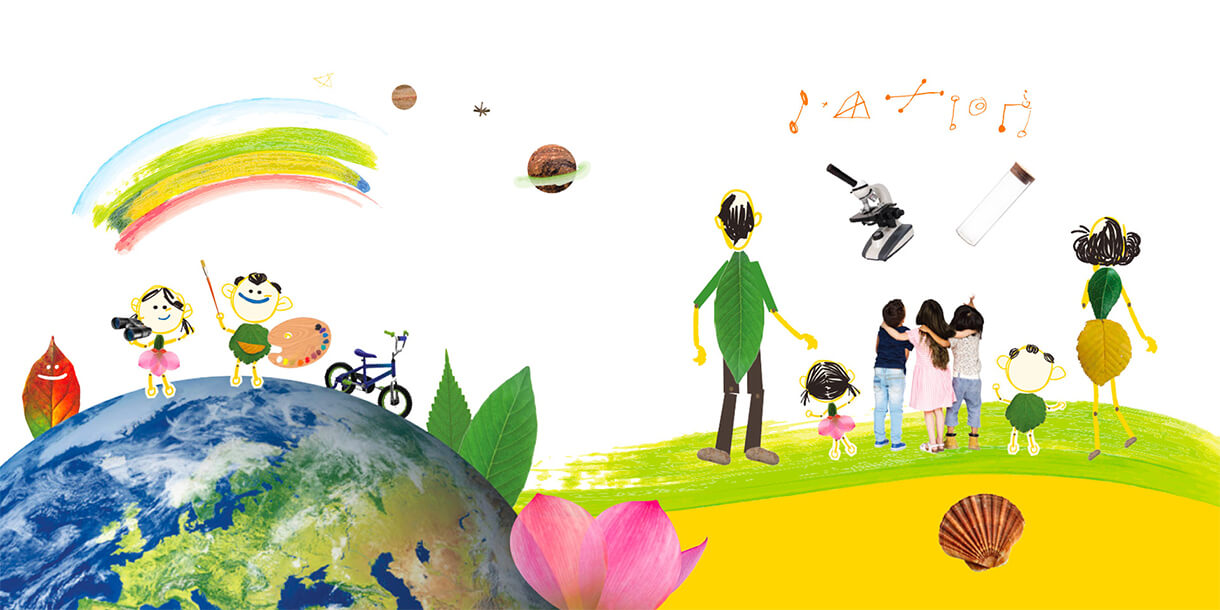
Home » Our Approach
The Reggio Emilia Approach®️ – an inquiry-based learning approach – values the belief that children are strong, competent and capable citizens who are full of wonder and curiosity to learn. It believes that children have a natural drive that makes them want to understand and know about the world around them and how this world relates to them. Every child brings with them deep curiosity and potential and this innate curiosity drives their interest to understand their world and their place within it. Children are believed to be capable of constructing their own methods of researching and learning using everything from play to a variety of other hands-on-learning experiences.

To understand the Reggio Emilia Approach®️, let’s visit the fundamental principles of this approach:
1. ALL CHILDREN ARE COMPETENT, CURIOUS AND CREATIVE
At the very core of the Reggio Emilia Approach®️ is the concept of wonder. Wonder as an act that begins the process of learning and wonder as an integral quality within all children. Reggio educators view children as natural scientists; driven by curiosity, with tremendous observational skills and an ability to form strong theories about the world around them. They consider a child’s creative expression (especially in preliterate stages), as their way of communicating what they understand about the world around them.
2. ESSENTIAL LEARNING TAKES PLACE WITHIN A SYSTEM OF RELATIONSHIPS
Reggio teachers believe that when children share their wonder with other children, their parents or teachers, they engage in a richer and deeper learning process. Collaboration increases the children’s commitment to the topic and multiplies the learning opportunities by encompassing many points of view. In school, when this type of ‘group wonder’ is guided by teachers who use provocations and questioning rather than demonstrations or explaining, children will almost always be able to connect to the topic.
We will focus on creating a collaborative community and a learning environment, where children are the centre of the classroom and teachers are seen as co-constructors, researchers, documenters, and advocates for the children.
3. CHILDREN’S QUESTIONS AND INTERESTS ARE A FOUNDATION FOR LEARNING EXPERIENCES
Collaborative wonder and the sharing of ideas plants the seeds for the emergent curriculum. For example, during a first full-group discussion of the sky, a classmate might share her knowledge of planets or the moon (leading to a study of planets and stars), whilst another child might want to work on making a picture book about cloud animals (an opportunity for art and literacy development). It’s important to note, at no time would a teacher intervene in a discussion with children to ‘weed out the truth from fiction’, or give answers. Instead, the teacher would extend and compile the ideas to be presented back to the group for theory development. In this way, teachers act as guides supporting children as they build their own knowledge, their own ‘image’.
4. CHILDREN EXPRESS THEMSELVES THROUGH THE “HUNDRED LANGUAGES”
In traditional schools, children are often judged by their success using verbal and written forms of expression above all others, in part because test taking depends on these skills. At Little Em’s, all forms of expression are valued equally and are fundamental in developing the children holistically.
5. DOCUMENTATION ALLOWS CHILDREN AND ADULTS TO REMEMBER AND REFLECT ON LEARNING EXPERIENCES
Throughout the learning process, teachers document the children’s experience through photographs, note-taking, video, and through varying forms of art. It is compiled and shared with the focus on process, rather than product.
In using this approach to education, time is given to the children so they may be allowed to learn, explore, or go back and revisit an investigation or a focus of interest as needed. It is an approach based on listening rather than talking; where doubt and amazement are welcome factors along with the scientific inquiry and the deductive methods used by a detective.
We keep in mind all children are equal learners, we let the children learn through their mistakes rather than by correction. Unlike others program, where teachers are required to take note on students’ development through ‘Assessment Reports’, evidence of learning is documented using written, photographic and video records throughout the year. This allows children, parents and teachers to realise growth, facilitate conversations and plan for future learning.
Although the Reggio Emilia Approach®️ is applied to preschools and early childhood settings, as parents grow in their understanding of the general principles, this inspiring child-led approach can be adapted to the home as well. Therefore, pursuing this approach at early years’ also help parents to be more involved in their children’s education and childhood.

Every day should be a new day of discovery in the eyes of a child. They should feel excited for each day they are alive and that the world has something amazing to offer them. Whether it be an earthworm in the mud, or a flower that has just bloomed in the garden, nothing should go unnoticed. To a child, everyday life is a gift.
Little Em’s implements the Vietnamese Early Childhood Education Curriculum by applying Reggio Emilia Approach® of Reggio Children, Italy: Children learn through experience and express their thoughts through “100 languages.”
If the Vietnamese Early Childhood Education Curriculum is a project built by leading national and international scientists, then the Reggio Emilia Approach® is one of the approaches that stimulate the development of children in the most natural and comprehensive way.
Teachers at Little Em’s always take the time to observe, learn, and then have a basis for enabling children to “speak” in their own language. Their lives and future are in their hands. Only when you speak in your own language, realize your own talents, and not try to become someone else or live your life according to the will of others, you will be successful and happy.
